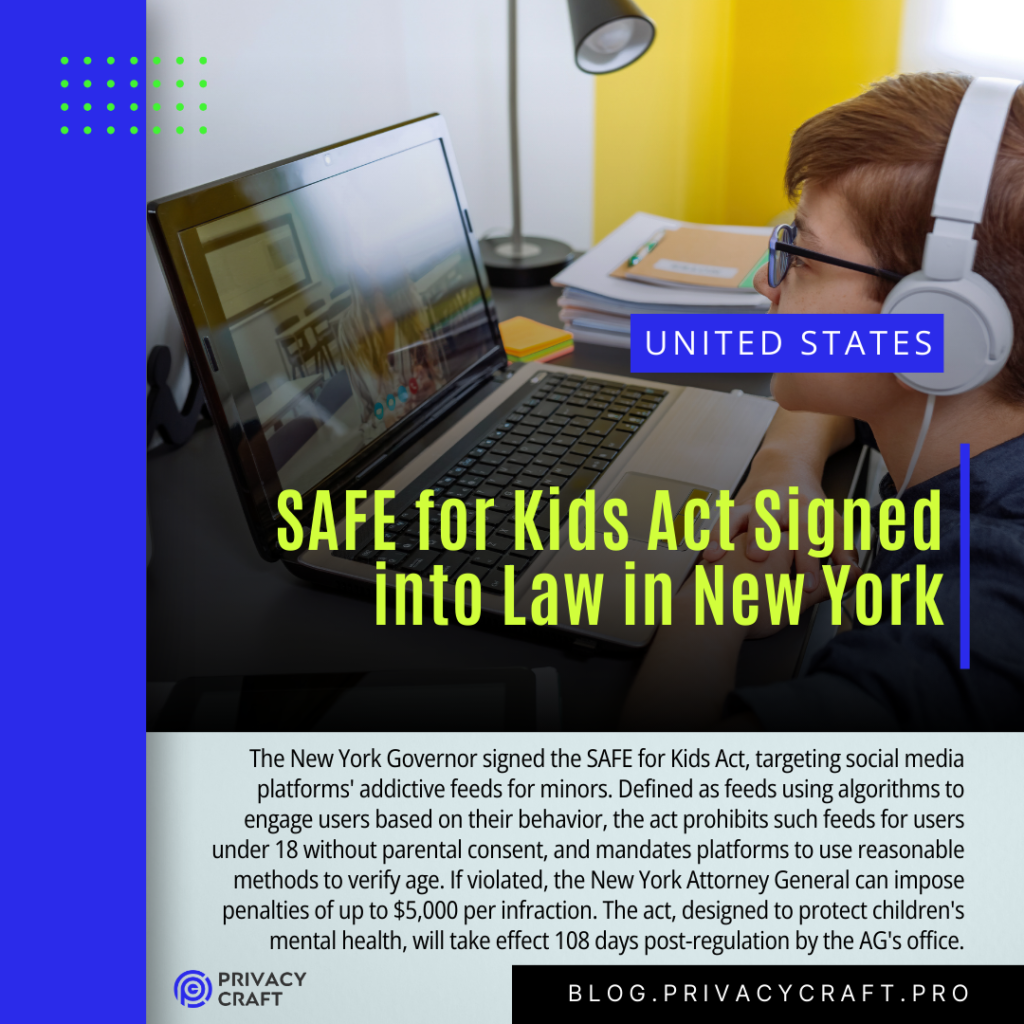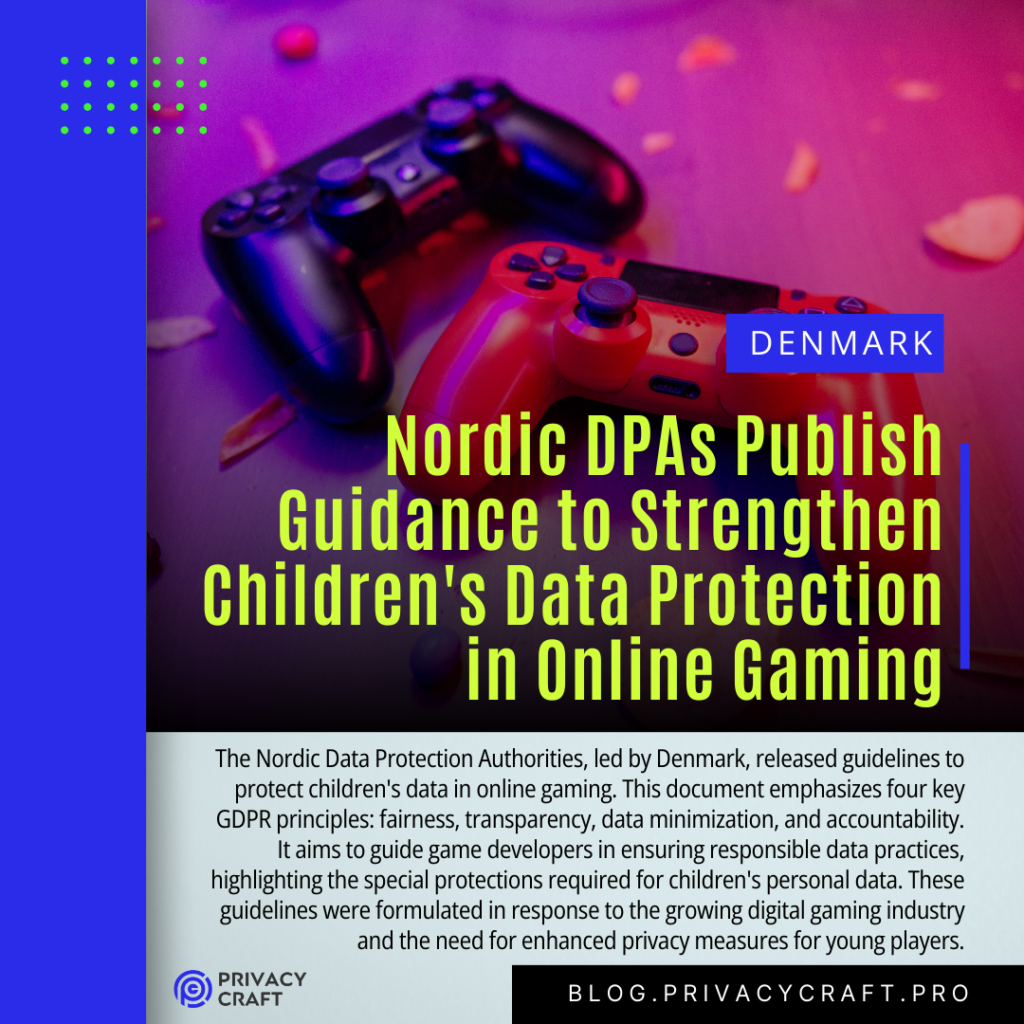The OECD released a comprehensive report on digital safety for children, focusing on embedding safety by design in digital products and services. The report builds on the OECD’s 2021 guidelines and recommendations, offering a framework for governments and digital service providers. It emphasizes designing digital environments that cater to children’s needs and vulnerabilities.
The report emphasizes eight key components to enhance children’s safety in digital environments:
- Age Assurance: Implementing tech-neutral mechanisms to ensure age-appropriate content and experiences.
- Child-Centered Design: Considering developmental stages and socio-economic differences among children.
- Preventing and Detecting Harm: Utilizing default settings, filters, and shared signals for risk mitigation.
- Privacy Protection: Emphasizing data protection by design, transparency in data collection, and careful monitoring of sensitive data.
- Child-Friendly Information: Providing clear safety policies, terms, and standards in accessible language for young users.
- Complaints and Redress: Facilitating mechanisms for flagging unsafe or illegal content by children.
- Child Participation: Involving children in decision-making processes, respecting their right to be heard.
- Culture of Safety: Promoting safety awareness, corporate responsibility, and conducting child rights impact assessments.
The report also outlines the global movement towards digital safety for children, urging jurisdictions to adopt cohesive policies to prevent regulatory fragmentation. It includes case studies illustrating best practices and risks in digital platforms. such as:
- LEGO Life App: A child-focused platform where safety measures include parental consent for account creation, child-centered design, and strict moderation to prevent personal information sharing. Privacy is ensured through anonymous user profiles.
- Roblox: This platform balances creative and social opportunities with safety. It utilizes a “Trust by Design” process, engaging cross-functional teams in safety assessments. Age-appropriate controls, asset pre-moderation, and user guidance help mitigate risks.
- Omegle: A platform originally aimed at adults, but accessible to children, exemplifies potential harms due to lack of effective moderation. It presents high risks of inappropriate content and interactions, illustrating the critical need for robust age assurance and harm prevention measures.
The report emphasizes that there is no one-size-fits-all solution; safety measures must be tailored to the specific risk profiles of different services.
👉 Read more here.

♻️ Share this if you found it useful.
💥 Follow me on Linkedin for updates and discussions on privacy education.
📍 Subscribe to my newsletter for weekly updates and insights – subscribers get an integrated view of the week and more information than on the blog.


